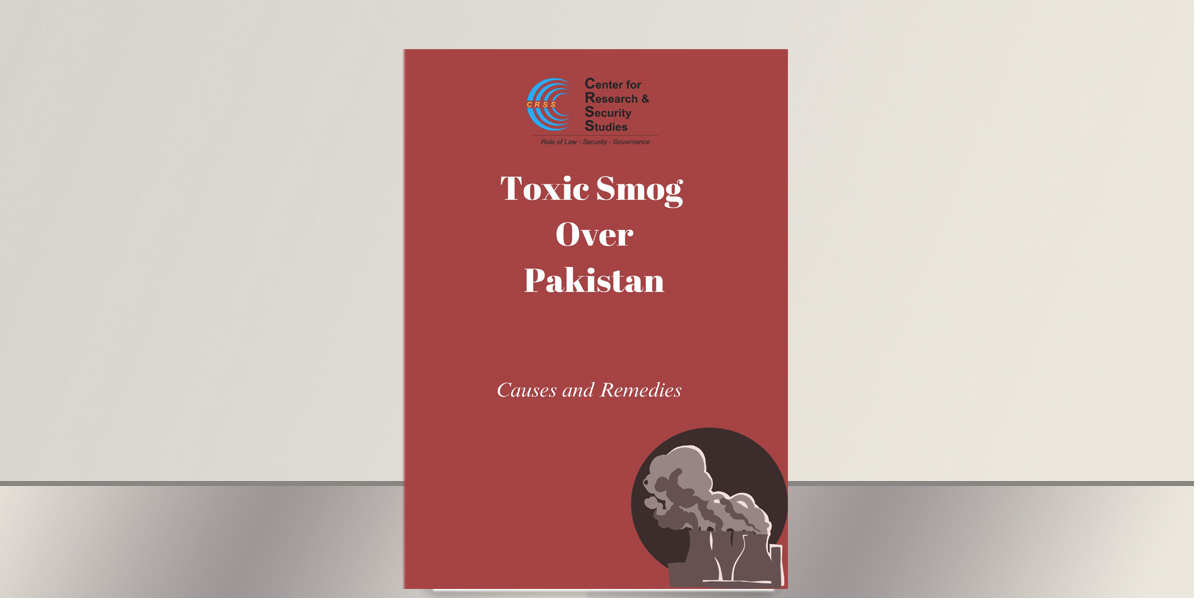Executive Summary
The smog and air pollution crisis in Pakistan and South Asia is primarily caused by vehicular emissions, industrial pollution, fossil-fuel-fired power plants, waste burning, and the coal used in thousands of brick kilns across the region. Smog comprises tropospheric ozone, sulfur oxides, smoke, nitrogen oxides, carbon monoxide, volatile organic compounds, pollen, dust, and ammonia gas, all of which are highly reactive and extremely hazardous to humans, animals, and the environment.
Inventories compiled by various institutions provide critical insights into the environmental impacts of human activities, offering essential data for assessing and mitigating emissions that contribute to climate change and air pollution.

These emission inventories demonstrate that vehicular emissions are the main source of poor air quality in Lahore and KPK. While data for Punjab is incomplete, it is evident that vehicular emissions are a significant contributor to smog and air pollution.
Key Findings
- Vehicular Emissions:
Diesel and petrol in Pakistan contain high levels of sulfur, benzene, and other harmful substances (see Chapter 2). The high sulfur content significantly contributes to particulate matter (PM) emissions during combustion. Despite plans to introduce Euro 5 standards in 2008, implementation has been repeatedly delayed. OGRA and the Ministry of Petroleum have failed to compel local refineries to upgrade, while countries like China and India have already adopted Euro 6 standards. - Smuggled Fuel:
Government findings from 2024 reveal that illicit Iranian diesel and petrol account for 30-40% of Pakistan’s fuel consumption. These substandard fuels, with high sulfur content and toxic contaminants like manganese and xylene, pose severe health and environmental risks. The government must control this smuggling to prevent further economic and ecological damage. - Fuel Adulteration:
Fuel adulteration significantly exacerbates vehicular emissions, releasing toxic pollutants like carbon monoxide (CO), nitrogen oxides (NOₓ), sulfur dioxide (SO₂), and volatile organic compounds (VOCs). These pollutants are precursors to ground-level ozone and photochemical smog, endangering public health and the environment. - Corruption in Fuel Monitoring:
Despite proposing a web-based monitoring system to OGRA to ensure fuel compliance, efforts were thwarted by systemic corruption. This real-time system could eliminate impurities in fuel, offering a cost-effective solution to Pakistan’s environmental crisis. - LPG and Natural Gas Challenges:
Declining natural gas production and the increasing use of low-quality, smuggled LPG have worsened air pollution. Adulterating LPG with CO₂ in Sindh and Punjab adds to safety risks, allegedly facilitated by corrupt local authorities and OGRA. - Biomass and Organic Waste Management:
The Government of Punjab was advised to convert methane emissions from biomass and organic waste into transport fuels such as CNG and methanol. This sustainable solution, which could replace LPG and make Pakistan self-sufficient in energy, was unfortunately dismissed. - Coal Usage:
The extensive use of imported coal in brick kilns and industries costs Pakistan nearly $2 billion annually while severely degrading the environment. Proposals to reduce reliance on coal have been ignored. - Circular Debt and Renewable Energy:
In December 2023, a proposal was made to address circular debt by encouraging consumers with rooftop solar systems to use surplus electricity for cooking instead of exporting it to the national grid. This would reduce LNG and LPG imports and combat air pollution, yet it remains pending. - Call for Accountability:
The report’s concluding section, authored by Mr Nadir Mumtaz, Mr Imtiaz Gul, and Engineer Idrees Abbasi, calls for a comprehensive audit of funds allocated to Pakistan’s climate change sector. Transparency and accountability are essential for effectively addressing escalating environmental challenges.
This report urges immediate action to combat Pakistan’s smog and air pollution crisis. Through practical, low-cost solutions and international cooperation, Pakistan can pave the way toward achieving its net-zero targets and safeguarding its environmental and economic future.
Download PDF


